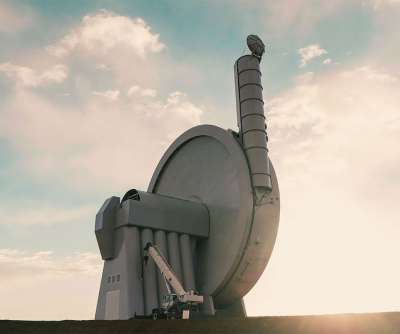NASA to fly payload with SpinLaunch’s mass accelerator to test low-cost, high-cadence kinetic launch system
Green Car Congress
APRIL 7, 2022
After full review, NASA and SpinLaunch will publish all non-proprietary launch environment information from the test flight. Ultimately, SpinLaunch’s Orbital Accelerator will accelerate a launch vehicle containing a satellite up to 5,000 miles per hour using a rotating carbon-fiber-arm within a 300-ft diameter steel vacuum chamber.





















Let's personalize your content